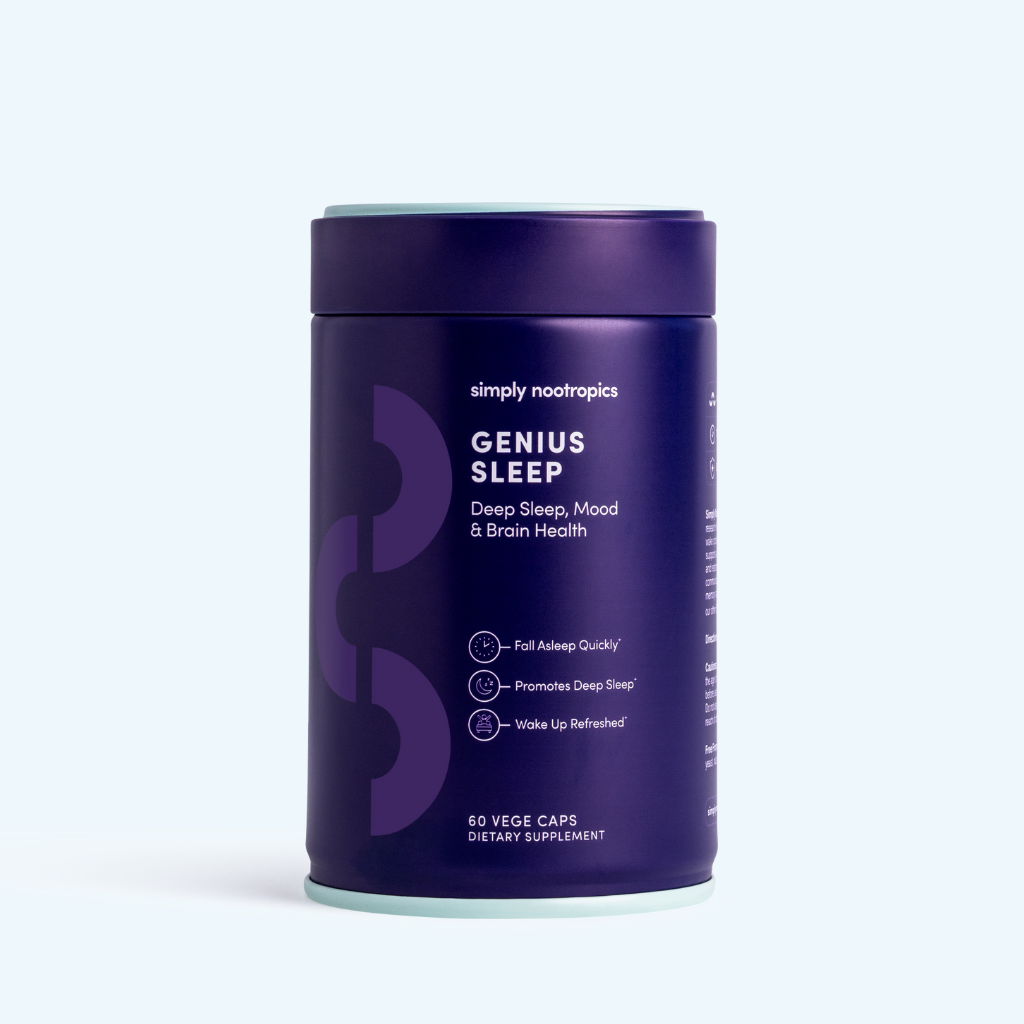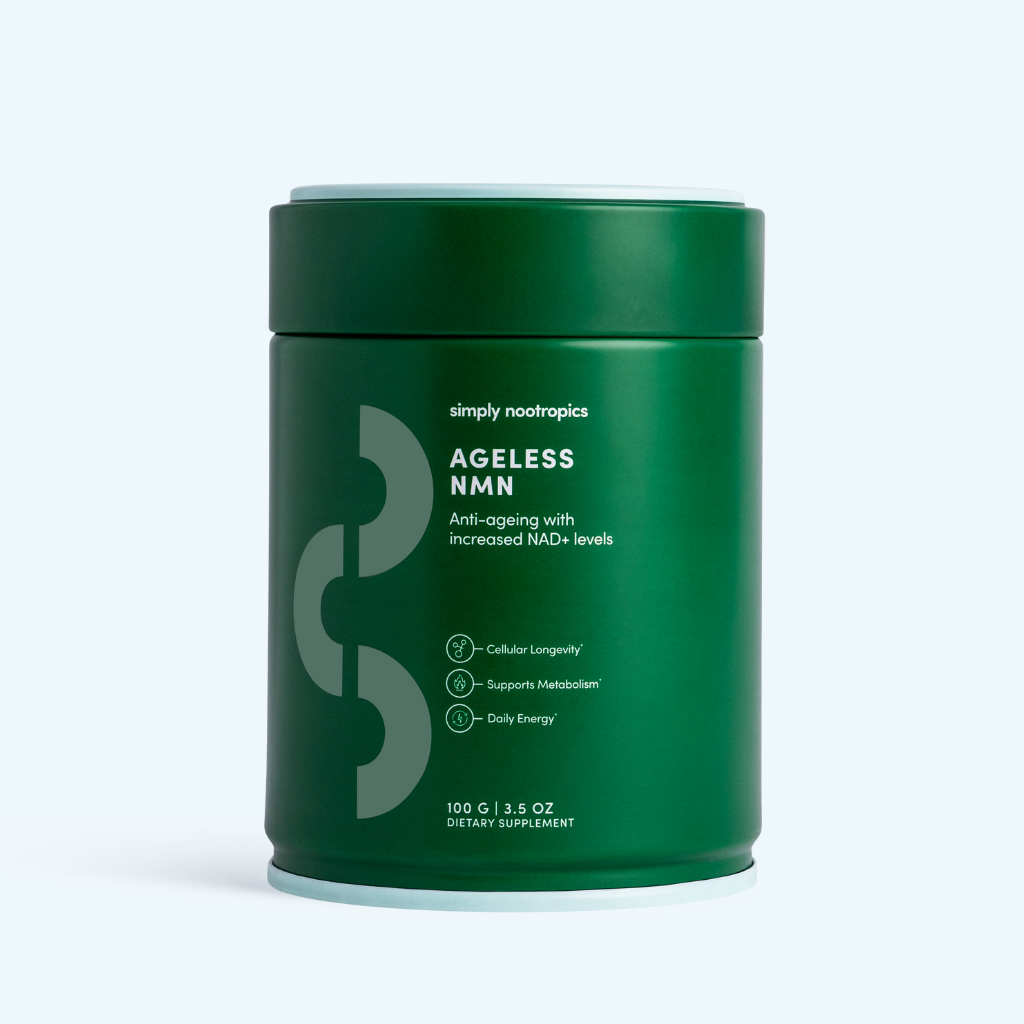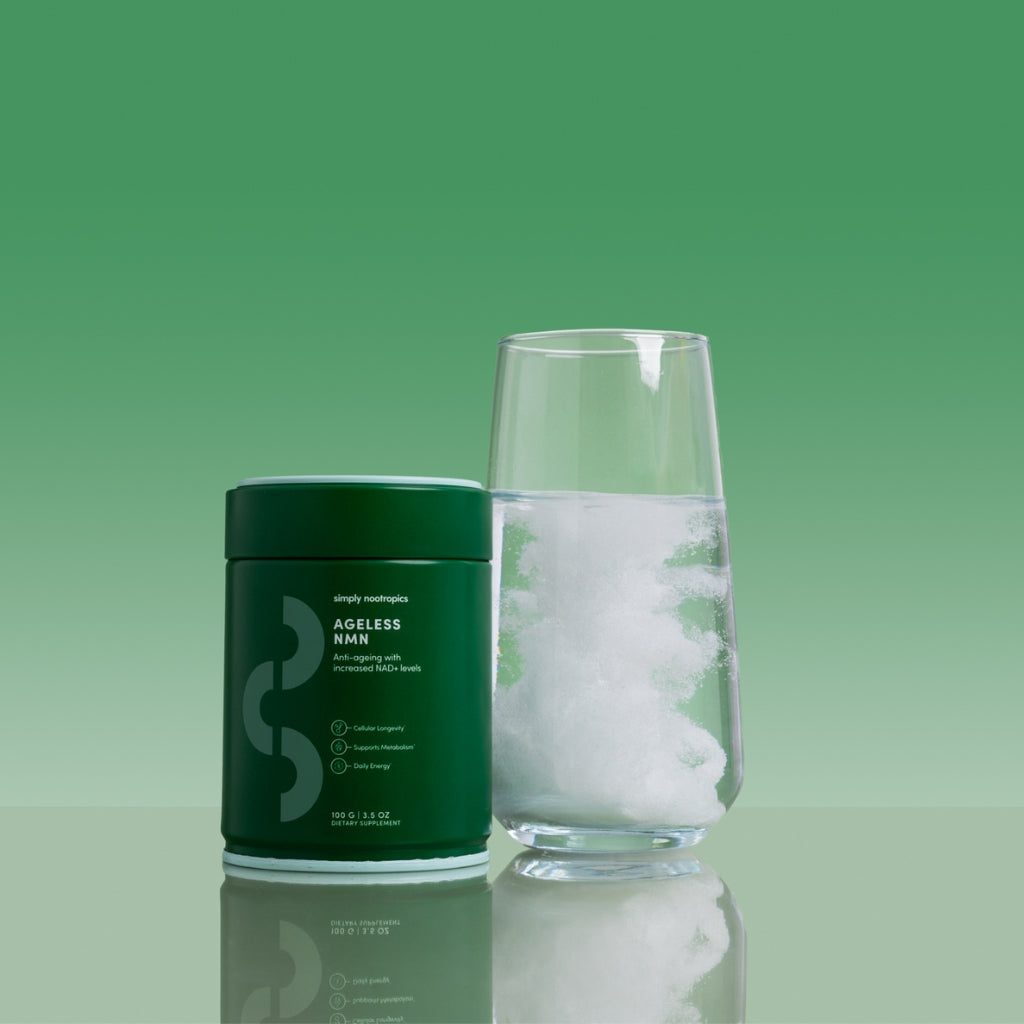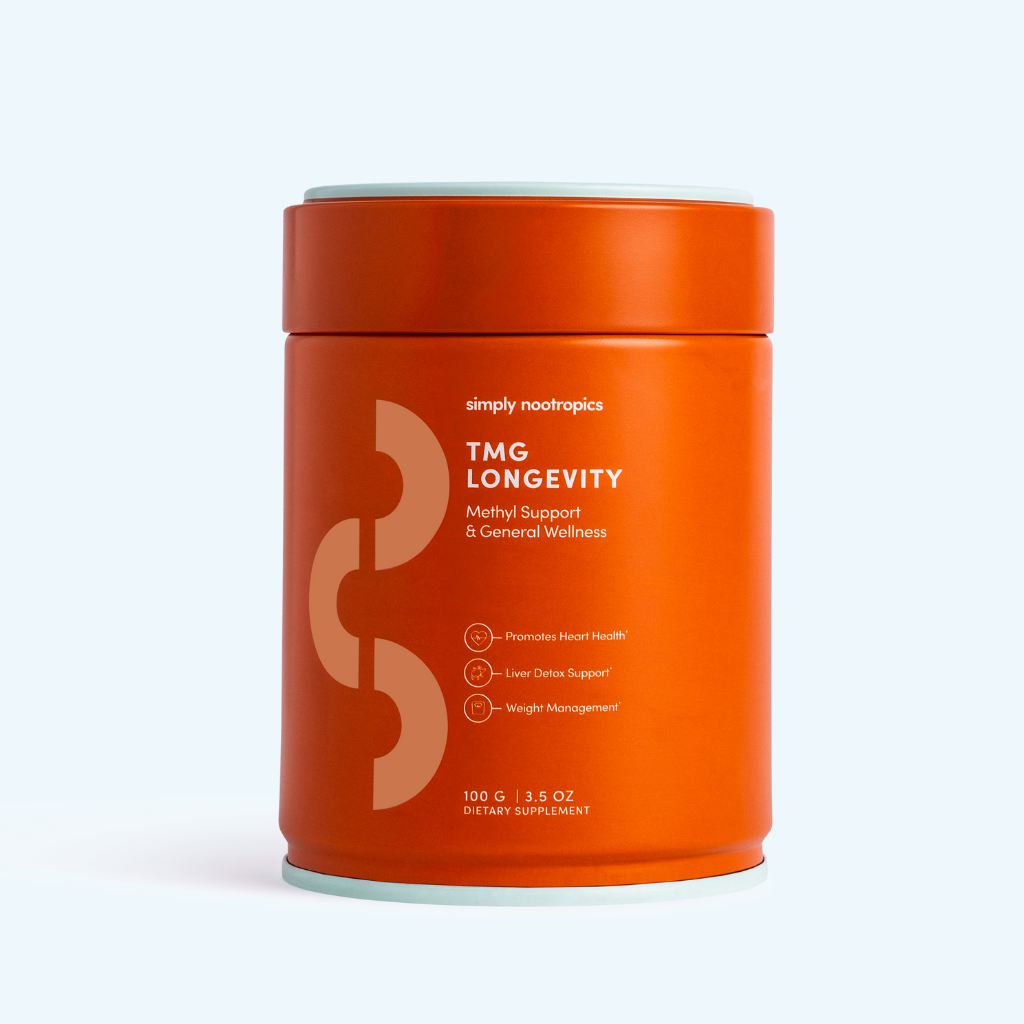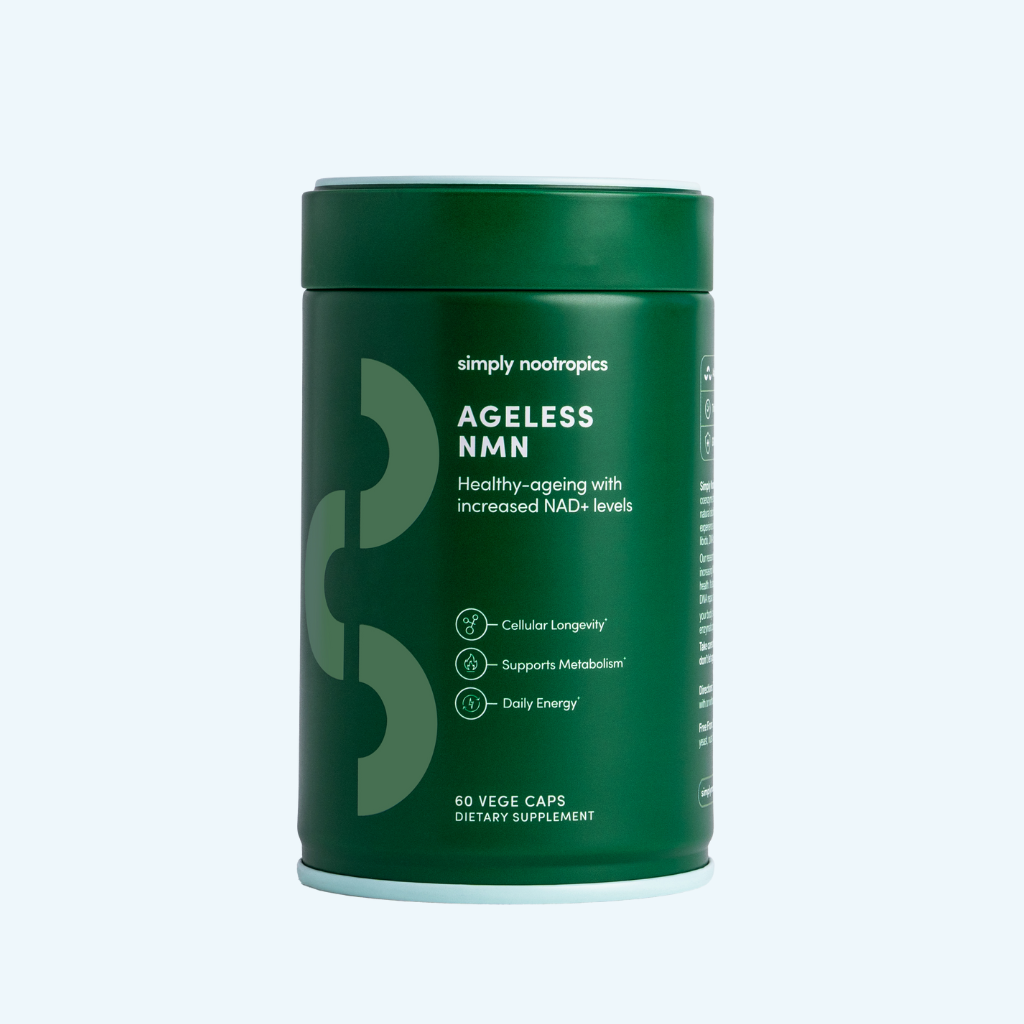Ageing is one of life’s great mysteries: from the moment we're born, the cells in our body have many tasks, constantly working, replicating, and repairing themselves. But over time, things start to slow down. Wrinkles appear, energy levels drop, and our bodies become less resilient. But what’s really going on inside us? To understand how ageing works, we need to zoom in and explore the incredible cellular processes at play.
1. The Lifespan of Cells
Your body is composed of trillions of cells, and these cells are constantly dividing and replicating through a process known as mitosis. In young and healthy bodies, cells replicate efficiently to repair damage and maintain tissue function. But cells can only replicate a limited number of times. This limit is known as the Hayflick limit, named after Leonard Hayflick, who discovered that human cells can only divide around 40 to 60 times before they enter a state called cellular senescence.
Senescent cells are cells that stop dividing but don’t die off immediately. While they're still alive, they don’t perform their normal functions and instead release harmful chemicals that can trigger inflammation and damage surrounding cells. This contributes to ageing by causing tissue dysfunction over time. The accumulation of these “zombie cells” is a major driver of ageing, leading to reduced tissue regeneration, chronic inflammation, and age-related diseases like arthritis.
2. Telomeres
At the ends of our chromosomes are protective caps called telomeres, often compared to the plastic tips at the ends of shoelaces. Every time a cell divides, the telomeres get shorter. Eventually, when they become too short, the cell can no longer divide and enter senescence.
As we age, our telomeres shorten, contributing to the process of ageing at a cellular level. In fact, telomere length has been linked to overall lifespan, with shorter telomeres associated with an increased risk of age-related diseases such as cardiovascular disease and cancer.
3. DNA Damage and Repair Mechanisms
Every cell in your body contains DNA, the blueprint for life. Over time, this DNA is subject to damage from various sources, such as UV radiation, toxins, and even byproducts of normal metabolic processes like free radicals (unstable molecules that can damage cells).
When DNA is damaged, cells rely on a network of DNA repair mechanisms to fix the damage. But as we age, these repair mechanisms become less efficient, allowing damaged DNA to accumulate in our cells. This can lead to mutations and malfunctioning cells, contributing to the ageing process.
Additionally, DNA damage affects mitochondria, the energy-producing part of the cell. Dysfunctional mitochondria produce more free radicals, creating a vicious cycle of increased oxidative stress and further DNA damage, accelerating the ageing process.
4. Mitochondrial Dysfunction
Mitochondria are also part of energy production within cells, because they convert nutrients into ATP (adenosine triphosphate), the cell's main source of energy. As we age, our mitochondria become less efficient and start to accumulate mutations in their own DNA (mtDNA), which is separate from the nuclear DNA in the cell’s nucleus.
This dysfunction leads to a decrease in energy production, making it harder for cells to perform their essential functions. At the same time, mitochondria begin producing more reactive oxygen species (ROS), also known as free radicals, which can damage other cell components. The result is a weakened ability to repair damage and fight off age-related decline.
Mitochondrial dysfunction has been linked to many age-related diseases, including Alzheimer's disease, Parkinson’s, and heart failure. Researchers are currently exploring ways to support mitochondrial function and slow down this aspect of ageing through lifestyle interventions like diet and exercise, as well as emerging therapies like mitochondrial-targeted antioxidants.
5. Epigenetic Changes
Epigenetics refers to changes in gene expression that don’t involve alterations in the DNA sequence itself. Over time, as we age, our epigenome (the collection of chemical tags on our DNA) changes, altering which genes are turned on or off in our cells.
Some of these changes are beneficial, but others can lead to dysfunctional gene expression, contributing to ageing and the development of diseases. For example, genes that promote cell growth may become overactive, while genes that regulate repair and maintenance become less active. This imbalance contributes to tissue deterioration and a decline in cellular function.
One of the most exciting areas of ageing research is looking at ways to reverse these epigenetic changes, with epigenetic reprogramming showing promise in early studies as a way to “reset” the age of cells.
6. Protein Misfolding and Autophagy
Proteins are essential to nearly every function in your body, from building muscle to driving metabolic reactions. As we age, there’s an increase in protein misfolding, where proteins take on the wrong shape and can no longer function properly. Misfolded proteins tend to clump together, forming aggregates that impair cellular processes and contribute to diseases like Alzheimer's and Parkinson's.
Cells have a built-in system to get rid of damaged proteins through a process called autophagy, or cellular "self-eating." During autophagy, the cell digests and recycles dysfunctional proteins and organelles to keep the cell running smoothly. However, the efficiency of autophagy declines with age, leading to the buildup of damaged proteins and other cellular debris.
Restoring autophagy is an exciting target for anti-aging therapies, as boosting this process could help cells maintain their health and function for longer.
Nicotinamide Mononucleotide, or NMN, is an interesting molecule in the field of ageing, because NMN is a precursor to NAD+, a key molecule involved in energy production, DNA repair, and maintaining cellular function. As we age, our NAD+ levels decline, contributing to basically all the aforementioned issues at a cellular level. Studies suggest that NMN supplements help restore NAD+ levels, supporting healthier mitochondrial function and slowing some aspects of age-related decline. Simply Nootropics offers NMN supplements that are designed to help maintain NAD+ levels, supporting energy production and cellular repair. So, if you're trying to support your ageing body, Simply Nootropics NMN is a great addition that helps slow down cellular decline.



